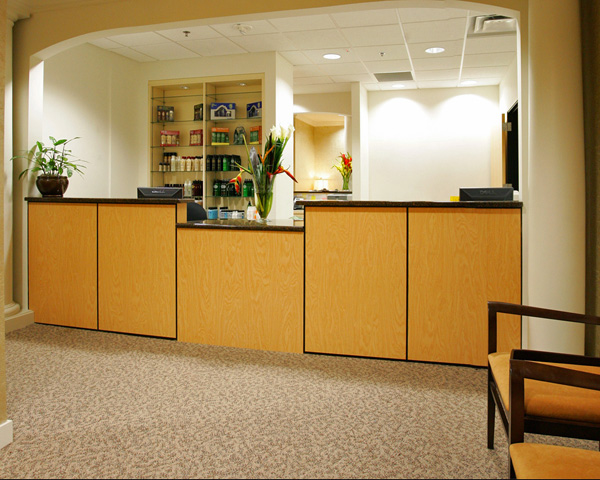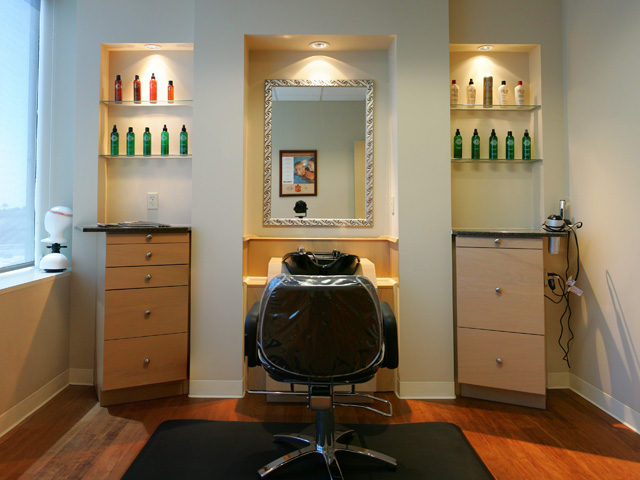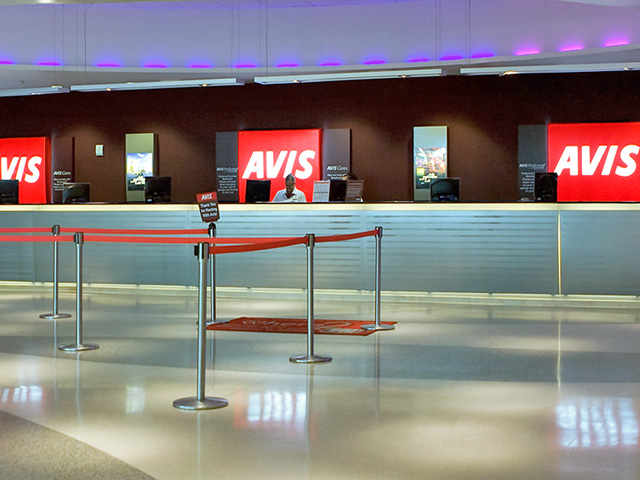Tenant Improvements
Building owners and landlords make tenant improvements to their buildings as occupants and uses change due to evolving business and economic conditions. Tenant improvements are made to interior space without altering the building's shell. This type of construction happens often because as companies grow and shrink their space requirements change and they are forced to rent elsewhere.

The term tenant improvements is very broad, encompassing situations so diverse in nature and scope that it is hard to generalize. No single construction delivery method is right for all projects. For some new tenants, no significant design phase will be necessary, making immediate hiring of a general contractor sensible. For other conditions the task will not be that straightforward, calling for serious and prolonged pre-construction activities.
The Issues Surrounding Tenant Improvements
 There are several benefits for tenant improvements. For the landlord, making tenant improvements has the potential for rendering the space easier to rent. For a new tenant there is the appeal of being able to tailor a building to one's precise specifications. Tenant Improvements, whether office space, manufacturing space or production space, can ensure effective and efficient building operations for the occupant. Also, there are benefits in finding a general contractor that will allow for full operations to remain active while constructing the tenant improvements. This approach avoids the upfront cost of buying property and improving it, not to mention the burden of relocation. It is important to be mindful of the endeavor requiring landlord cooperation, and it may be challenging to propose the attractiveness of the proposed changes. In addition, deciding whether whole operations need to remain 100% will influence the final construction. The project may be complex enough to make construction management the appropriate delivery method.
There are several benefits for tenant improvements. For the landlord, making tenant improvements has the potential for rendering the space easier to rent. For a new tenant there is the appeal of being able to tailor a building to one's precise specifications. Tenant Improvements, whether office space, manufacturing space or production space, can ensure effective and efficient building operations for the occupant. Also, there are benefits in finding a general contractor that will allow for full operations to remain active while constructing the tenant improvements. This approach avoids the upfront cost of buying property and improving it, not to mention the burden of relocation. It is important to be mindful of the endeavor requiring landlord cooperation, and it may be challenging to propose the attractiveness of the proposed changes. In addition, deciding whether whole operations need to remain 100% will influence the final construction. The project may be complex enough to make construction management the appropriate delivery method.
Types of Agreements Governing Tenant Improvements
There are three types of agreements between landlord and tenant for accomplishing the improvements desired. The first is called Tenant Build. In this arrangement, the tenant selects the contractor, manages his work, and pays him. The agreement spells out how much funding is provided by the landlord, if any, and documents the condition of the property prior to the changes.
The second type of agreement is Turn-Key. The tenant outlines the alterations he would like to see as a contingency for entering into the lease. If the terms are acceptable to the landlord, he is the one hiring, managing, and paying the contractor. The agreement specifies when the work will be completed and the tenant can move in. At that point, the lease commences.
The third type of agreement is entitled Landlord Build with Allowance. Here, the tenant outlines his desires as for Turn-Key, but the landlord sets a limit on his spending. The landlord hires the contractor, and all costs exceeding the allowance become the tenant's responsibility. In this type of agreement, the tenant assumes the risk of having incomplete work or large invoices.
For all three types of agreements, there is a strong motive to contain costs and to place the construction work on a fast track. Usually a Design Builder delivery method is often the most appropriate way to go.
 Both tenants and landlords should understand the tax rules regarding depreciation and deductibility of improvement expenses. After 2009, the depreciable life of real property lengthened to 39 years, which may be longer than the lease or the life expectancy of improvements. Certain qualifications must be met for these expenses to be deducted by either renter or landlord. It is best to check with your CPA as to the impacts to a specific deal.
Both tenants and landlords should understand the tax rules regarding depreciation and deductibility of improvement expenses. After 2009, the depreciable life of real property lengthened to 39 years, which may be longer than the lease or the life expectancy of improvements. Certain qualifications must be met for these expenses to be deducted by either renter or landlord. It is best to check with your CPA as to the impacts to a specific deal.
Facility Builders & Erectors is well positioned to provide this type of construction regardless of complexity or delivery method. We know to ask the important questions, digging into and identifying critical issues, and communicating continuously with all parties. We go the extra distance to evaluate sites, examine existing conditions, analyze adjacent use and zoning, perform value engineering, and determine constructability. When you require tenant improvements of any kind, Facility Builders & Erectors is experienced and qualified to fit your needs.